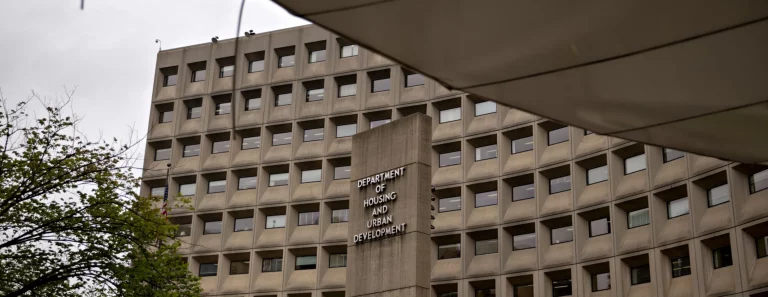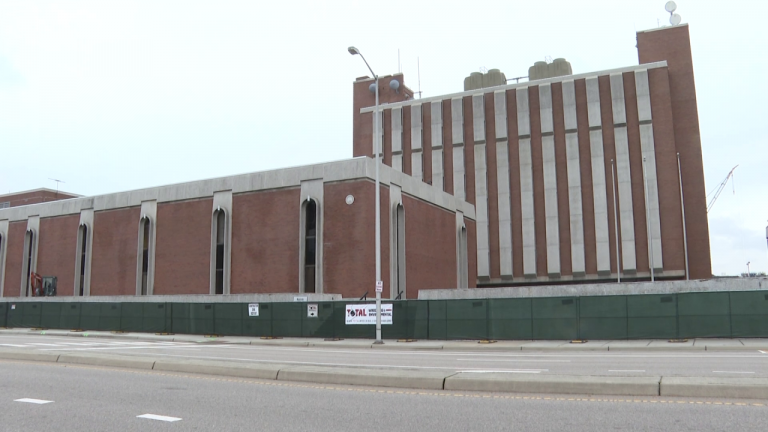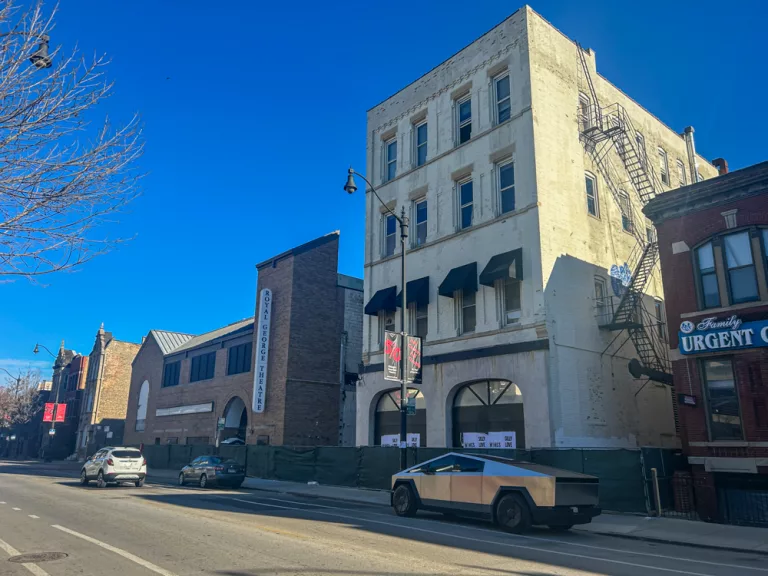
AKRON, Ohio – A working group of government and environmental officials on Thursday unveiled the second phase of a four-part plan to remove the Gorge Dam from the Cuyahoga River in Summit County. The cooperative agreement will create a plan to manage the removal of tons of contaminated sediment that has accumulated behind the dam for more than a century, as well as other studies related to habitat restoration for the river after the dam is removed.
The Friends of the Crooked River, a grassroots group dedicated to supporting the river, has called the 400-foot wide, 60-feet tall dam an “obsolete hunk of concrete” and the single greatest unresolved water quality problem on the Cuyahoga River. The Gorge Dam and the Brecksville Dam are the final two impediments to a free-flowing Cuyahoga River between Akron and Lake Erie.
The Gorge Dam crosses the Cuyahoga River in the Gorge Metro Park on the border between Akron and Cuyahoga Falls, creating a mile-long pool of water and drastically changing the river’s chemistry.
“This is the best possible news,” said Elaine Marsh, a watershed specialist with the Summit Metro Parks and facilitator for the Gorge Dam Removal Stakeholder Committee. “To us it’s like the checkered flag at the start of a race. We’ve been lined up for years, and now we’re ready to take off and head toward the finish line,” Marsh said. This second phase of the project is being funded by a $750,000 state grant obtained by the city of Akron, which will be matched by funds from the Great Lakes Legacy Act, a pool of money designated for environmental clean up projects when the source of the pollution cannot be identified or is unable to help pay. The bulk of the $70 million project, $57.5 million, will be spent on phase three, sediment removal. The rest will be spent on the final phase, demolishing and removing the dam, according to estimates by the Ohio EPA. “This signing is the next step forward in this important project that will return the Cuyahoga River to a vibrant and free-flowing river,” said Craig Butler, director of the Ohio EPA, in a prepared release.
The other partners in the project include the U.S. EPA, the city of Cuyahoga Falls, Summit County, Ohio Edison, and the Friends of the Crooked River.
The dam acts as a barrier to migratory fish, obstructs the flow of the river, prevents the river’s natural ability to clean itself, and enables accumulation of algae, which reduces oxygen and kills fish, the group said.
EPA officials are encouraged by water quality improvements since the removal of dams in Kent, Munroe Falls and downtown Cuyahoga Falls, and they expect the same benefits from the removal of the Brecksville Dam in 2019, and the Gorge Dam at an undetermined future date.
Improvements to the river’s water quality downstream won’t be immediate, but they surely will come eventually, said Jane Goodman, executive director of the Cuyahoga River Restoration group. “Just like when they took down the three other dams, the removal of the Gorge Dam will allow the river to flush out areas that need to be flushed with more water coming through more quickly,” Goodman said.
“Eventually, the river will settle into a normal flow from the rapids in Cuyahoga Falls to the Cleveland shipping channel. Most importantly, fish will have pure passage from Lake Erie to all of the upriver sections and tributaries for breeding.”
By James F. McCarty, The Plain Dealer jmccarty@plaind.com




